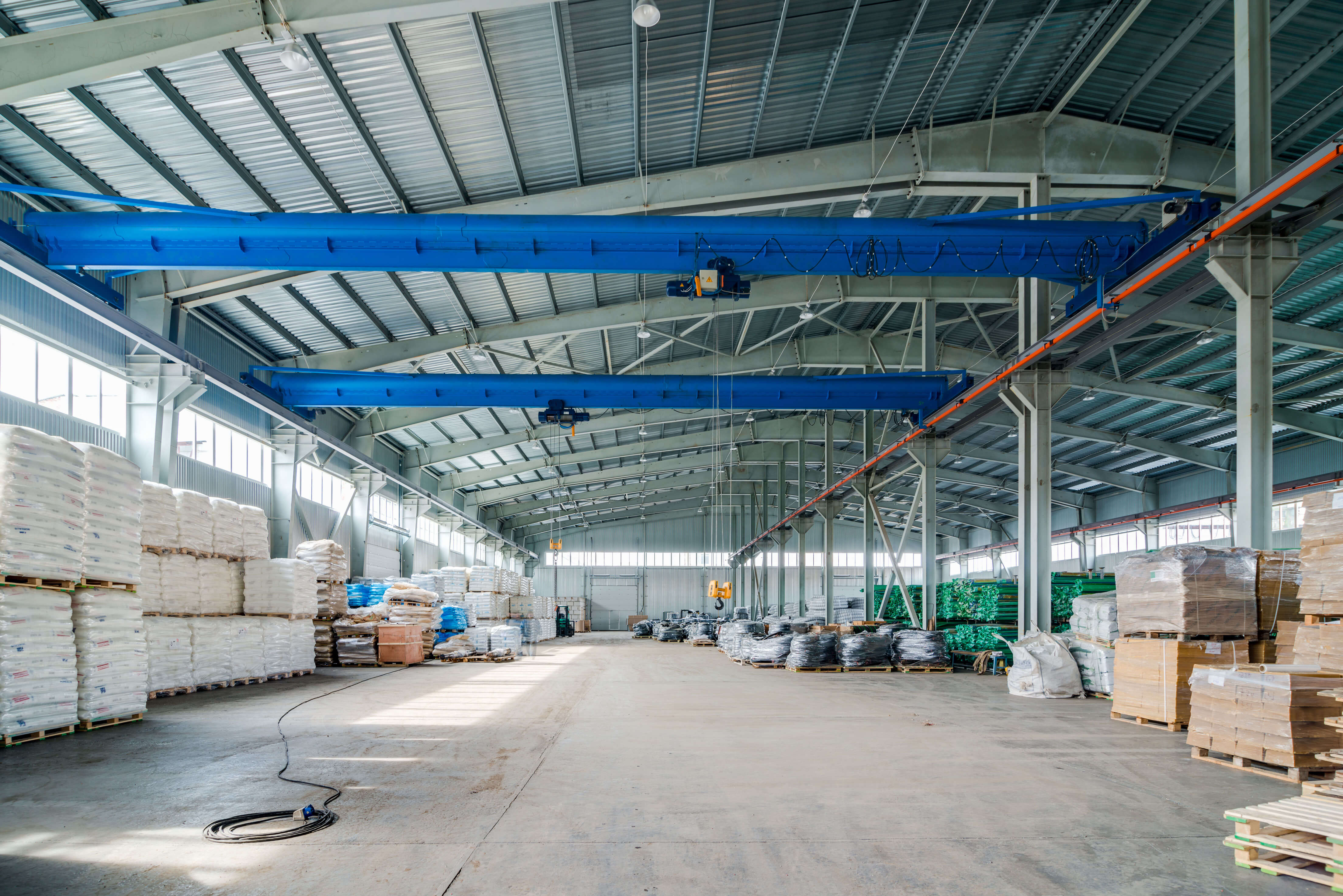Aluminum fluoride (AlF3) is an inorganic
compound that exists as a white crystalline solid at room temperature. Here are
some details about aluminum fluoride:
1. Chemical Formula: AlF3
2. CAS (Chemical Abstracts Service) Number:
7784-18-1
3. Molecular Weight: Approximately 83.98 g/mol
4. Physical Properties:
-
Appearance: Aluminum fluoride typically appears as a white, odorless
crystalline solid.
-
Melting Point: The melting point of aluminum fluoride is approximately 1,291°C
(2,356°F).
-
Boiling Point: It decomposes before reaching a boiling point under standard
atmospheric pressure.
-
Density: The density of aluminum fluoride is approximately 2.882 g/cm³.
-
Solubility: Aluminum fluoride is sparingly soluble in water, with solubility
increasing with temperature.
5. Chemical Properties:
-
Aluminum fluoride is an ionic compound composed of aluminum cations (Al3+) and
fluoride anions (F-).
- It
is stable under normal conditions but reacts with strong acids to release
hydrogen fluoride gas.
-
Aluminum fluoride is insoluble in most organic solvents but dissolves in
concentrated acids.
6. Production:
-
Aluminum fluoride is primarily produced by the reaction of aluminum oxide
(Al2O3) with hydrogen fluoride (HF) gas or fluorine gas (F2) at high
temperatures.
- It
can also be produced through the reaction of aluminum hydroxide (Al(OH)3) with
hydrofluoric acid (HF) or by direct reaction of aluminum metal with fluorine
gas.
7. Uses:
-
Aluminum Production: Aluminum fluoride is a crucial additive in the
electrolytic production of aluminum, where it lowers the melting point of
alumina (aluminum oxide) and increases its conductivity, facilitating the
extraction of aluminum metal.
-
Ceramic Industry: It is used as a flux in ceramic and glass manufacturing
processes to lower the melting point of silica and improve the homogeneity of
the molten material.
-
Chemical Catalyst: Aluminum fluoride serves as a catalyst in various organic
synthesis reactions, including the production of petrochemicals,
pharmaceuticals, and specialty chemicals.
-
Electrolyte in Aluminum Smelting: It is employed as an electrolyte in the
Hall-Héroult process, an industrial method for the production of aluminum metal
from alumina, in aluminum smelting plants.
8. Health and Safety:
-
Aluminum fluoride is relatively non-toxic, but exposure to high concentrations
of fluoride ions can lead to fluorosis, a condition characterized by dental and
skeletal abnormalities.
-
Inhalation of aluminum fluoride dust or fumes should be avoided, as it may
irritate the respiratory tract.
-
Personal protective equipment (PPE), such as gloves, goggles, and respiratory
protection, should be worn when handling aluminum fluoride to minimize
exposure.
Aluminum fluoride plays a critical role in various industrial processes, particularly in aluminum production, ceramics manufacturing, and organic synthesis. However, appropriate safety measures should be observed to ensure safe handling and minimize potential health and environmental risks.
If you need further information or have specific questions, feel free to ask!

.jpg)
